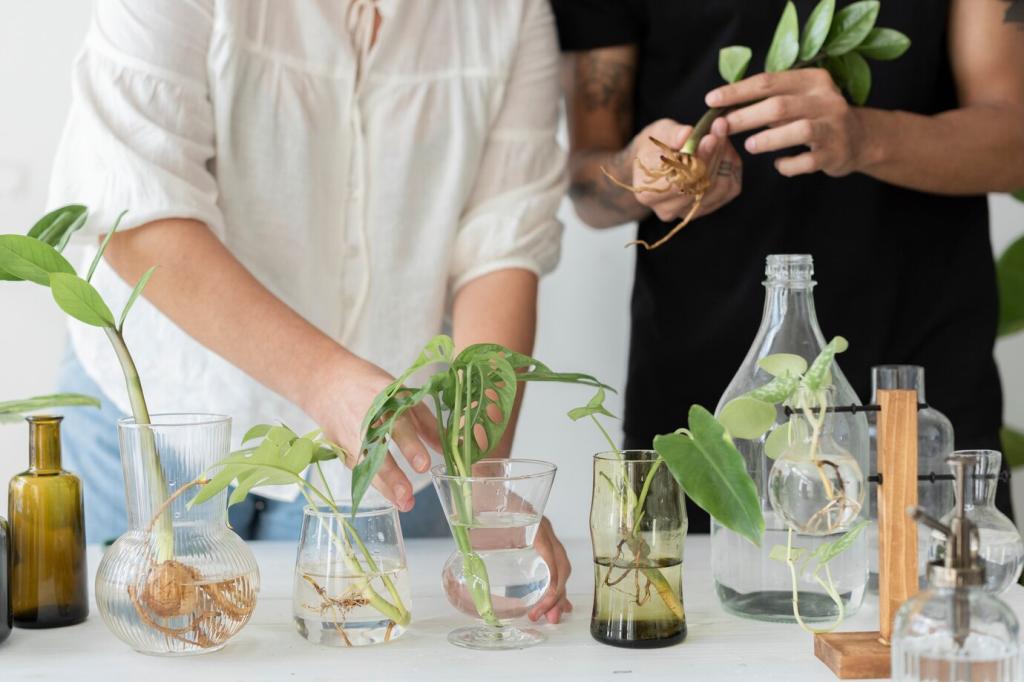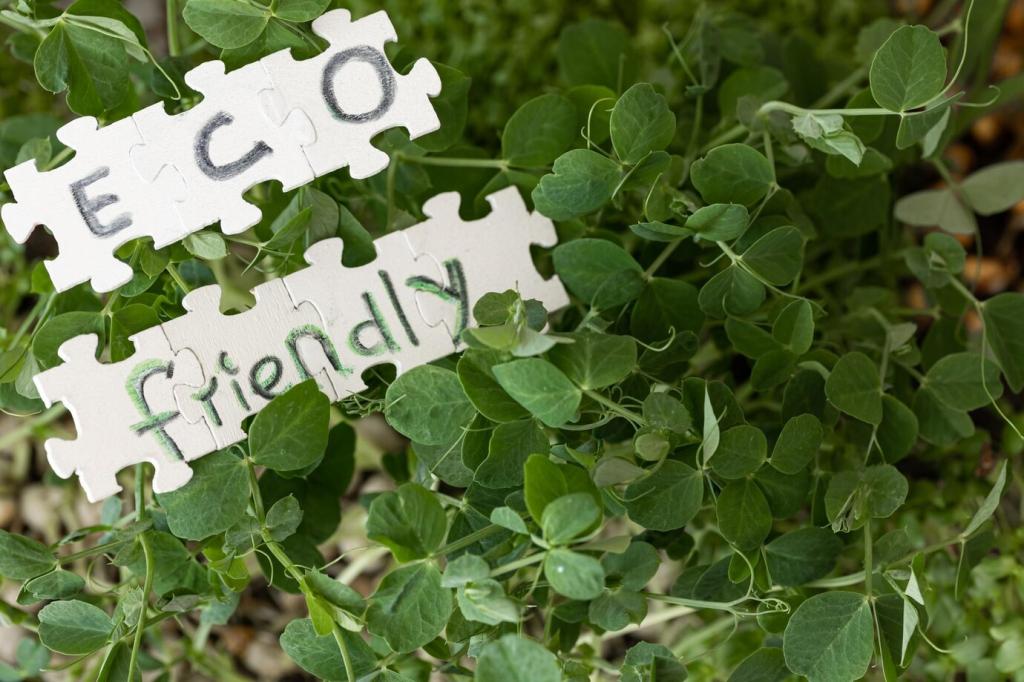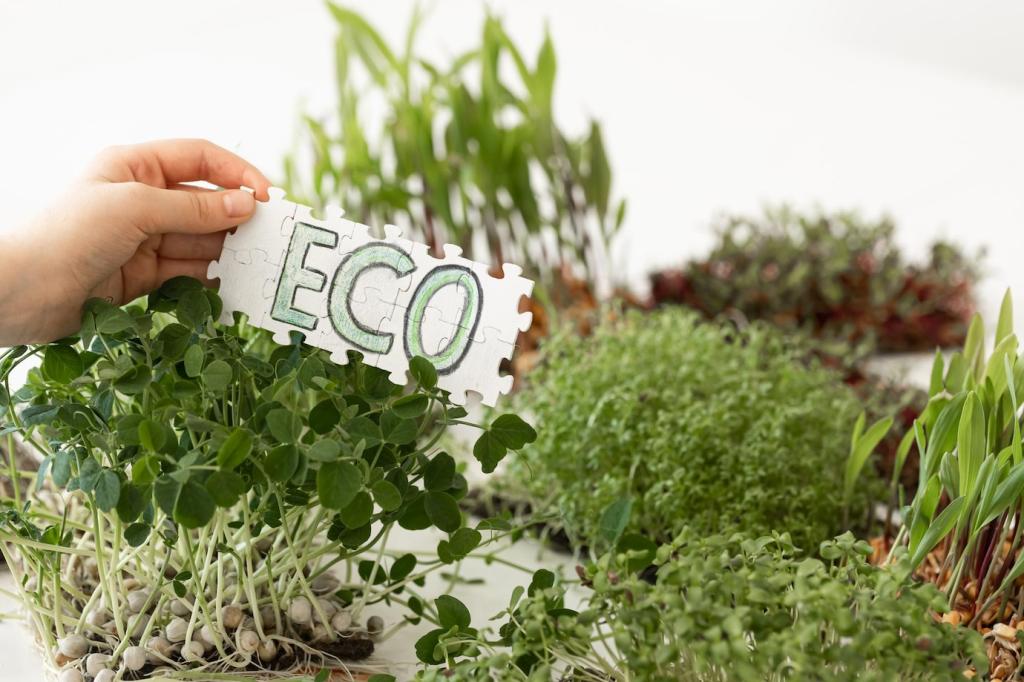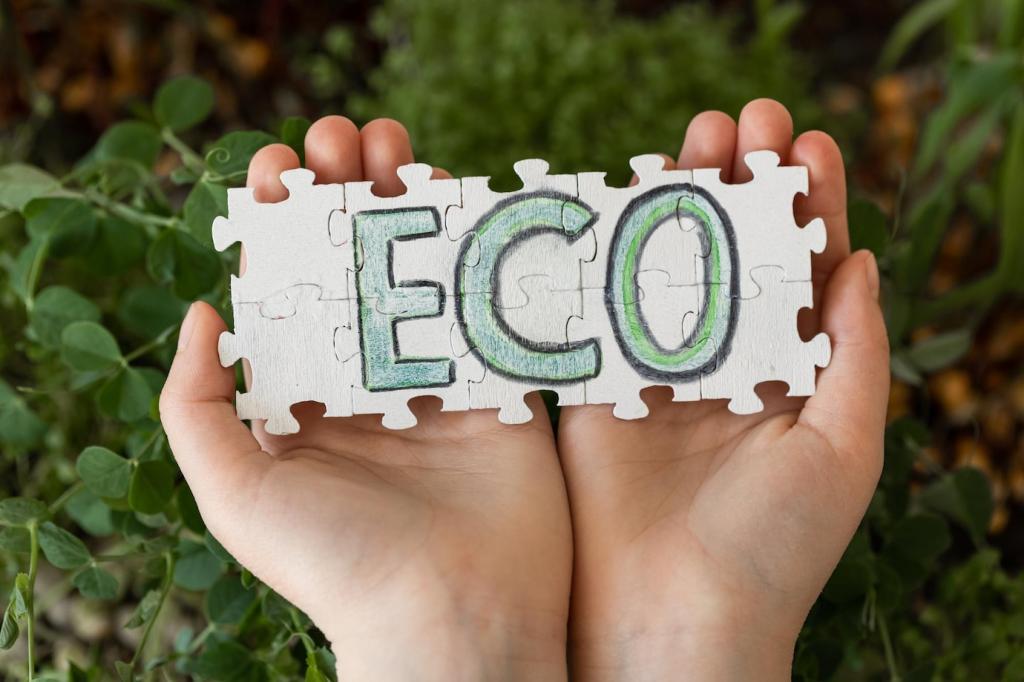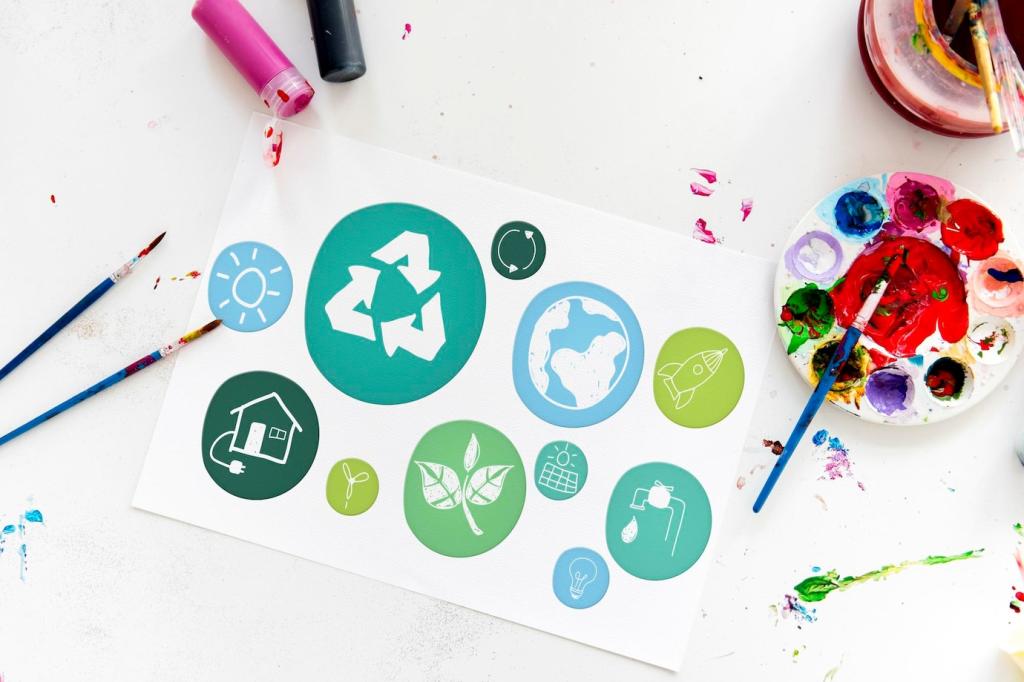Why Eco-Conscious Care Protects Your Furniture—and You
Many conventional polishes release VOCs that linger in closed rooms and irritate sensitive noses. Eco-conscious products reduce harsh solvents and synthetic fragrances, helping your living spaces feel fresher, safer, and kinder—especially for kids, pets, and allergy-prone guests.
Why Eco-Conscious Care Protects Your Furniture—and You
Plant-based surfactants and natural waxes lift grime without stripping protective coatings. Balanced pH supports lacquers and oils, while soft cloths prevent micro-scratches. Always patch-test unfamiliar blends, then tell us in the comments which gentle formulas brought your furniture’s glow back.

